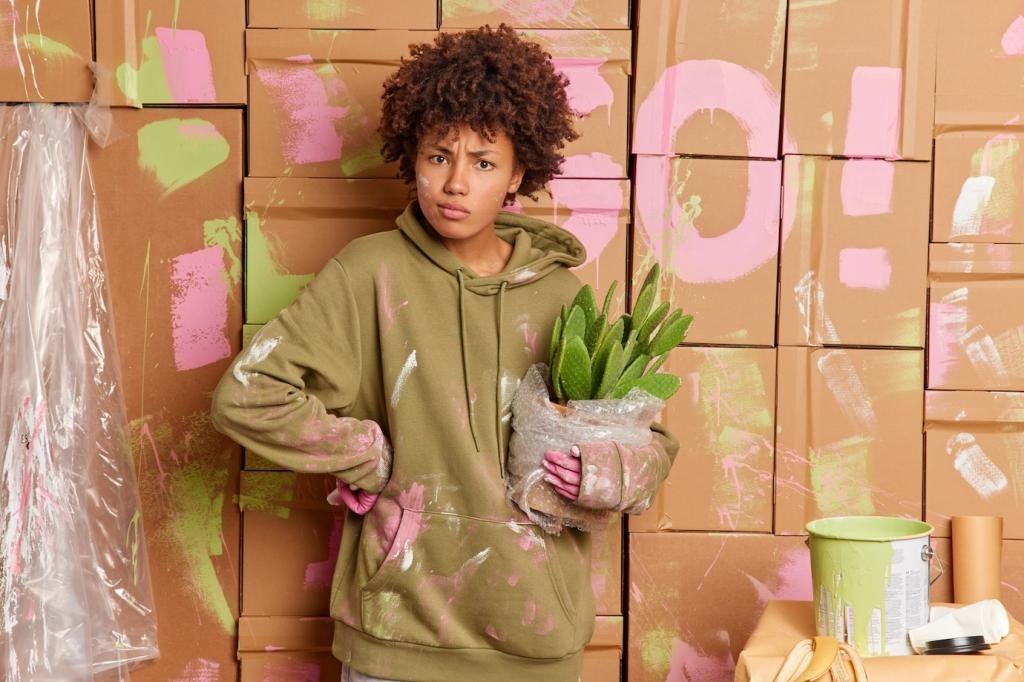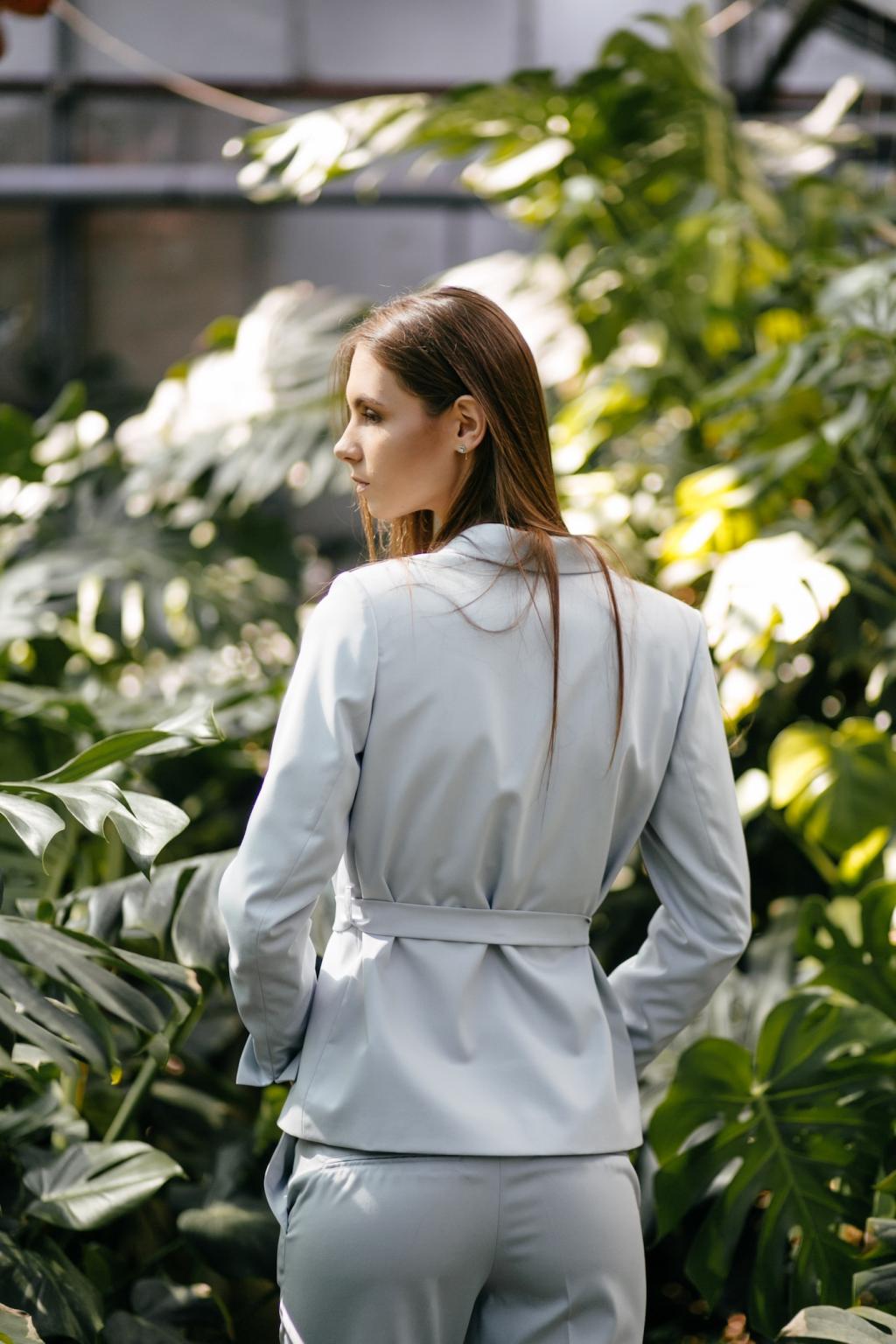This website uses cookies so that we can provide you with the best user experience possible. Cookie information is stored in your browser and performs functions such as recognising you when you return to our website and helping our team to understand which sections of the website you find most interesting and useful.
Sustainable Fashion Innovations Over the Decades
Sustainable fashion has evolved significantly over the decades, reflecting shifts in cultural attitudes, technological advancements, and environmental awareness. From the early days of textile recycling to today’s digital platforms promoting transparency, the journey of eco-conscious fashion highlights humanity’s growing commitment to a more responsible industry. In this exploration, we delve into the defining innovations and pivotal moments that have shaped sustainable fashion’s progress, discovering how each era contributed unique solutions to reduce waste, preserve resources, and champion ethical practices. This timeline reveals not only the milestones but also the dynamic interplay between innovation, society, and the environment in the world of fashion.
The Origins of Eco-Conscious Fashion
Textile Recycling in the Early 20th Century
The Influence of Traditional Craftsmanship
Postwar Make Do and Mend Movements
Breakthroughs in Natural and Organic Materials
Organic Cotton Revolution
Emergence of Alternative Plant Fibers
Natural Dye Innovations
The Rise of Ethical Production Practices
Fair Trade Certifications and Standards
Worker Empowerment Initiatives
Transparent Supply Chains

Pioneering Clothing Take-Back Programs

Upcycling and Creative Reuse Movements

Closed-Loop Production Systems
Tech-Driven Material Innovations
Bio-Based and Lab-Grown Textiles

Digital Transformation and Sustainable Consumption

New Models for Fashion Ownership and Access
Collaborative Consumption and Clothing Libraries
Subscription Fashion Services
Peer-to-Peer Fashion Sharing


